Pepper money paid the stone masons responsible for these intricate carvings above the entrance to Jerónimos Monastery in Belem.
"I'm ignoring all my travel lessons!" Chris cried when he spied the very long line. He wasn't wrong: post-pandemic, even shoulder season attracts enormous crowds in popular destinations. And that's without the Chinese in the international travel mix!
It took a century to build the monastery and church, begun in 1501 by Manuel I. His name now describes describes an architectural style (also known as late Portuguese Gothic) customized with maritime elements and Age of Discovery symbols. Staircase frescoes depict the heraldry of Saint Jerome.
I loves me some gargoyles.
Monks dined in this huge refectory until 1833 when Portugal de-secularized Jerónimos and turned much of it into a naval academy. Tile panels depict biblical food allegories.
Lisbon's 1755 earthquake did little damage to the monastery aside from the balustrade which was quickly repaired.
The lines were much shorter for the smaller, incredibly atmospheric church. Check out the Manueline elephant supports.
And here lies Vasco de Gama, one of the few Portuguese historical figures I could name from memory prior to this trip. His late 15th century discovery of a maritime route to India led to the spice trade that financed the architectural magnificence of Jerónimos Monastery.
Say what you will about fascists, they do know how to build a monument. Padrão dos Descobrimentos, which was inaugurated in 1960 when support for Estado Novo had begun to crumble, celebrates the Age of Discovery five centuries earlier. It's hard not to think of it as "Make Portugal Great Again."
Henry the Navigator is sculpted as if he's standing at the prow of a ship. In fact, Vasco da Gama sailed to India from this port in 1497. Both he and Ferdinand Magellan, the first person to circumnavigate the globe, appear on the eastern ledge, where Lisa Stansfield also walked in her video for Change.
We took an elevator to the top of the monument. The 25th of April Bridge and the Sanctuary of Christ the King in Alamada punctuate the horizon. Prior to the Carnation Revolution in 1974, the bridge was named after Portugal's dictator.
You can see the Jerónimos Monastery, much of which is now a naval academy, at the northern edge of Imperial Park.
I was much more enamored with this mosaic plaza directly below the monument until I learned that its construction had been a gift of the apartheid government in South Africa. Neighboring Mozambique, a Portuguese colony, didn't achieve independence until 1975, the year after Estato Novo collapsed.
Non-polluting wind powered Portugal's Age of Discovery.
Estado Novo clung to colonization long after many other European countries recognized that imperialism had become a liability. This poster hangs inside the small museum which provides queasy and sometimes confusing historical context for the fascist dictatorship that constructed the monument.
Henry leads a total of 33 individuals, including monarchs, explorers, mapmakers, artists, clergy and even a saint, on both sides of the monument.
The figures are holding a carrack, the kind of wooden ship with three or four masts that the explorers were sailing when they they made their discoveries.
Some visitors to the monument were thirsty.
The riverfront in Belem gets so overrun with tourists that people are instructed to walk their bikes.
We didn't go inside the Tower, built in the early16th century to fortify the mouth of the Tagus River. From the top of the Padrão dos Descobrimentos, it looked like a rook on an aquatic chessboard but up close you could see the Manueline details.
The seahorses in Imperial Park are more my speed which bracket both ends of a long, narrow pond.
Turtles and ducks peacefully co-exist at the base of the statues.
Tiles and iron grillwork cover the facades of apartment buildings in the the neighborhood.








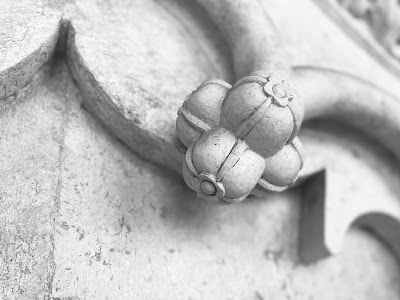
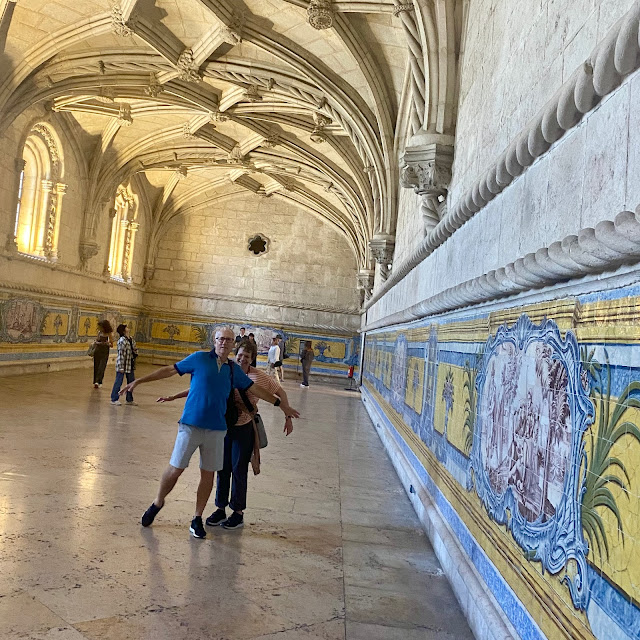



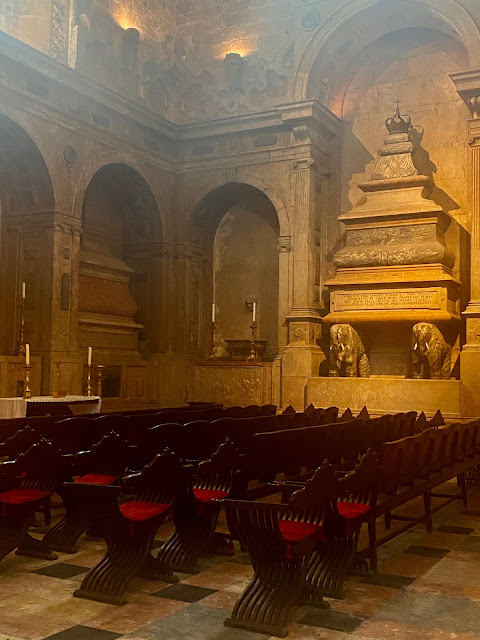
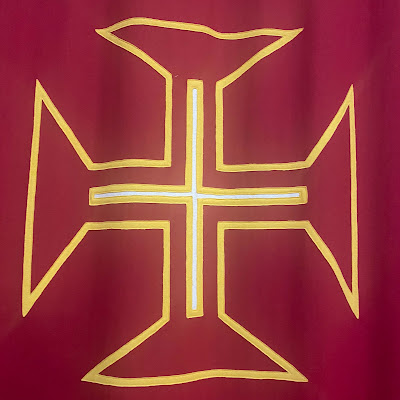






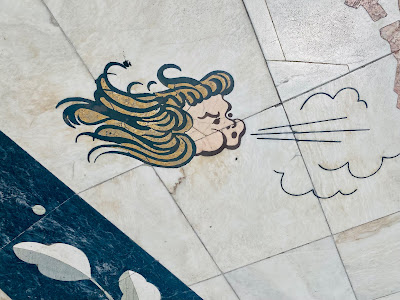








No comments:
Post a Comment